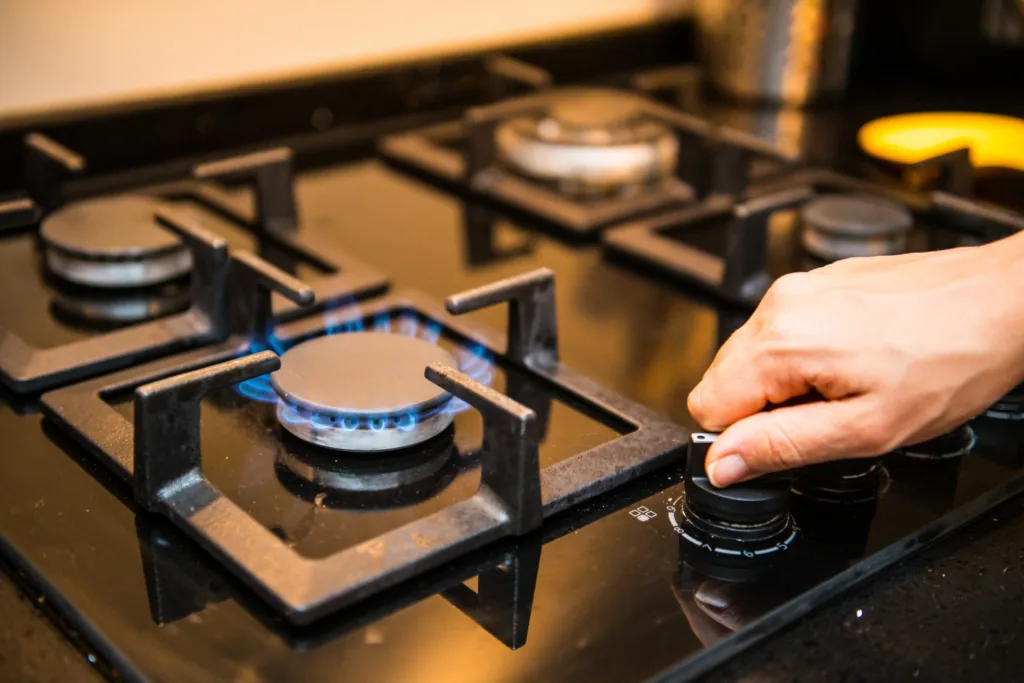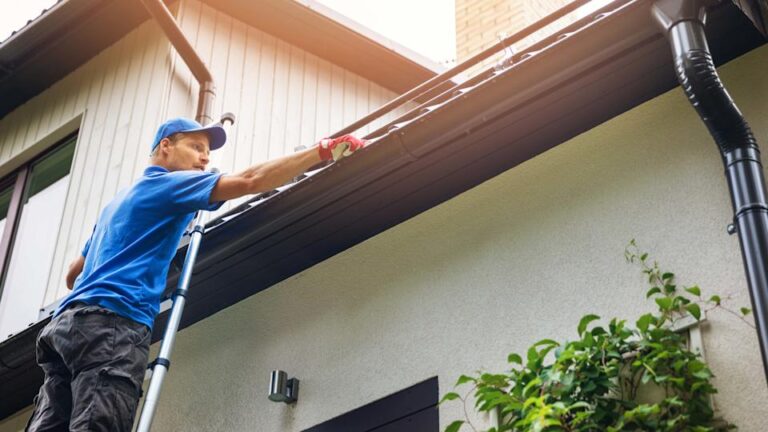
An oven is one of the most essential kitchen appliances, but when it stops working properly, it can disrupt your daily routine. Before you rush to call a repair service, there are a few troubleshooting steps you can take to identify and possibly fix the issue yourself. This guide will walk you through common oven problems, their causes, and what you can do to resolve them.
1. Oven Not Heating Properly
If your oven isn’t heating to the desired temperature or takes too long to heat up, it can make cooking difficult.
Possible Causes:
- Faulty heating element
- Malfunctioning thermostat
- Loose or damaged wiring
- Power supply issues
Troubleshooting Steps:
✔ Check the Power Source: If you have an electric oven, make sure it’s properly plugged in and that the circuit breaker hasn’t tripped. For gas ovens, ensure the gas supply is turned on.
✔ Inspect the Heating Element: Turn on the oven and observe if the heating element (coil or gas burner) glows red. If not, it may need replacement.
✔ Use an Oven Thermometer: If food isn’t cooking evenly, the oven thermostat may be inaccurate. Use a separate thermometer to compare temperatures.
If these steps don’t resolve the issue, it’s best to call a professional to inspect and repair the oven.
2. Oven Won’t Turn On
When an oven refuses to turn on, it could be due to electrical or mechanical problems.
Possible Causes:
- Power supply failure
- Faulty control board
- Broken igniter (for gas ovens)
- Defective door switch
Troubleshooting Steps:
✔ Check the Power Outlet: Try plugging another appliance into the same outlet to ensure it’s working. If there’s no power, check the circuit breaker.
✔ Inspect the Gas Supply: If you have a gas oven, make sure the gas valve is open and the pilot light is ignited.
✔ Reset the Oven: Some ovens have a reset button. If your model does, press it and see if the oven turns back on.
If the oven still doesn’t turn on, the issue may require professional repair.
3. Oven Temperature Is Inconsistent
If your oven heats up but doesn’t maintain a consistent temperature, it can lead to uneven cooking.
Possible Causes:
- Malfunctioning thermostat
- Faulty temperature sensor
- Poor door seal leading to heat loss
Troubleshooting Steps:
✔ Calibrate the Thermostat: Check your oven’s manual to see if you can manually adjust the thermostat settings.
✔ Inspect the Door Seal: Look for gaps or damage in the rubber gasket around the door. If it’s loose or broken, heat can escape, causing temperature fluctuations.
✔ Test the Temperature Sensor: Locate the temperature sensor inside the oven and ensure it isn’t touching the walls, as this can affect readings.
If recalibrating the thermostat and adjusting the sensor placement don’t fix the issue, a professional repair may be necessary.
4. Oven Door Won’t Close Properly
A loose or broken oven door can lead to heat loss, inefficient cooking, and potential safety hazards.
Possible Causes:
- Worn-out door hinges
- Damaged door seal
- Loose or misaligned door latch
Troubleshooting Steps:
✔ Check for Obstructions: Food debris or grease buildup around the door edges may prevent it from sealing properly.
✔ Inspect the Hinges: Open the oven door fully and see if the hinges are loose or broken. If they seem worn out, they may need replacement.
✔ Replace the Door Gasket: If the rubber seal is cracked or brittle, replacing it can help the oven retain heat more efficiently.
If the issue persists, a professional technician can replace damaged components and realign the door.
5. Oven Producing Strange Smells or Smoke
A strong burning smell or visible smoke coming from your oven is a warning sign of a potential problem.
Possible Causes:
- Food residue buildup
- Grease or oil spillage
- Electrical wiring issue
Troubleshooting Steps:
✔ Clean the Oven Thoroughly: Built-up grease and food particles can burn and cause smoke. Use an oven cleaner or baking soda and vinegar solution to clean the interior.
✔ Check for Plastic or Other Objects: If you recently used the oven, ensure there are no plastic containers or non-oven-safe materials inside.
✔ Inspect for Electrical Issues: If the smell resembles burning wires, unplug the oven immediately and contact a repair service.
A lingering burning smell without visible food residue could indicate an internal issue requiring professional attention.
6. Gas Oven Not Igniting Properly
For gas ovens, failure to ignite properly can prevent you from cooking altogether.
Possible Causes:
- Clogged burner holes
- Faulty igniter
- Gas supply issue
Troubleshooting Steps:
✔ Clean the Burners: Grease or food particles may block gas flow. Use a needle or thin wire to clean the small holes in the burner.
✔ Check the Igniter: Turn on the oven and listen for clicking sounds. If there’s no click or flame, the igniter may be defective.
✔ Ensure the Gas Supply Is On: If your oven runs on natural gas or propane, ensure the gas valve is fully open.
If cleaning the burner and checking the gas supply doesn’t fix the problem, a technician should inspect the igniter or gas valve.
When to Call a Professional Repair Service
While some minor oven issues can be resolved with basic troubleshooting, others require expert intervention. You should call a repair service if:
- The oven doesn’t turn on despite checking power and gas supply.
- Heating elements or igniters fail repeatedly.
- The temperature remains inconsistent after recalibrating.
- The oven emits smoke or has a burning odor that isn’t from leftover food.
- The door won’t close, affecting cooking efficiency.
For expert solutions, Honest Guys oven repair provides professional diagnostics and repairs to ensure your oven functions safely and efficiently. Addressing issues early can prevent major breakdowns and costly replacements.
Final Thoughts
Ovens are complex appliances, but many common issues can be identified and resolved with basic troubleshooting. By checking the power source, inspecting heating elements, cleaning burner components, and maintaining a proper seal, you may be able to fix minor problems yourself. However, for electrical faults, persistent temperature issues, and ignition failures, it’s best to rely on professional repair services to ensure safety and long-term performance.





